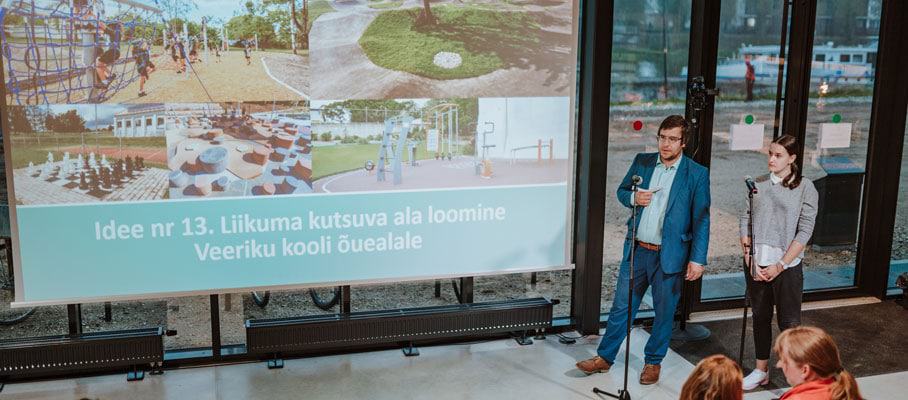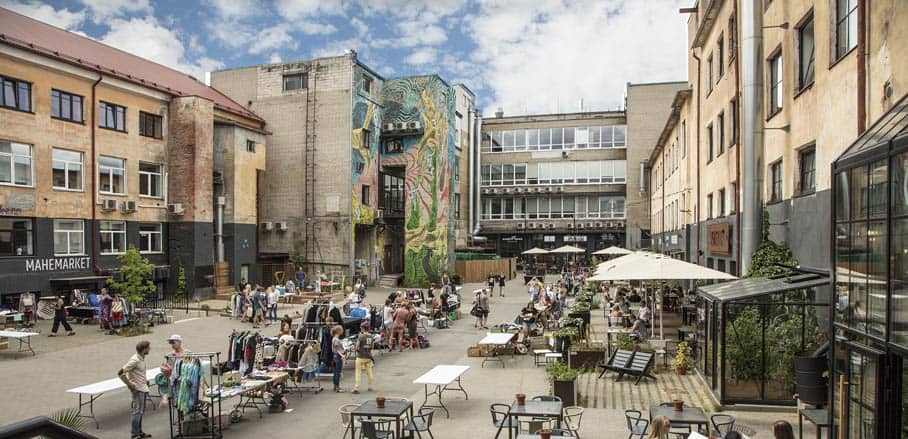Participation and Digital Tools Fulfil the Quest for Better Quality of Life in Cities
Lack of communication between citizens and municipal administrations can seriously hinder the sustainable development of urban environments. Digital tools are here to help, to increase people’s participation in co-creating more liveable, human-centred cities.
The thing is, such lack of communication is not simply due to one of the two parties mentioned not willing to talk to the other. In the past decade, the wish of citizens to increasingly contribute to the planning of public interventions has emerged ubiquitously in Europe. And exactly at the same time, proposals to establish participatory platforms have sprung here and there in the political programmes of non-partisan lists and national parties too.
A common understanding has evolved: municipal administrations can’t do it all on their own, and citizens ask to take part in the processes that shape the lived environment. Bridging this communication gap, even more so during and after the experience of remote-ness the pandemic brought, can be challenging. But engaging citizens can come easier and more effective when digital tools enter the stage. They augment the possibilities for constructive confrontation over the plans and policies that define people’s experience of a village, town, or big city alike.
A Two-Way Relationship That Needs Digital Bridges
Local governments should wish for more engaged and active citizens. First, administrators could better grasp people’s needs and desires to integrate them in medium and large scale (re)developments that change the face of the built environment. But also, they can devote attention to the little tweaks that, small in appearance, do go a long way in improving people’s experience of the urban space.
Secondly, plans always need a vision – one that’s coherent with the expectations of the polity electing its local representatives. Such expectations are normative, in indicating the way administrators should act when in office, and what their priorities should be once in charge.
The making of an urban environment where people want to live is, perhaps, one of the main testing grounds for this relationship between citizens and elected representatives. But also, a field where tensions and difference of views can merge and blend into constructive activism. If administrators give citizens the possibility to express themselves and be involved from the inception of planning activities, citizens will take the space given to them. And with the right tools and processes in place, trust between people and decision makers can be strengthened, renewed, and enhanced across the spectrum.
In Tartu, Estonia, Participatory Budgeting Keeps Citizens Involved
Many places in Europe – and beyond – have already implemented online platforms and tools that support such virtuous relationship between citizens and local administrations. To the well-known examples of Iceland (available in Icelandic here) and Decidim in Barcelona, Spain (available in Catalan and Spanish here), we add that of Tartu, Estonia.
In the second largest city in the country, political will and trust built a common ground for people and elected representatives to design together the lived environment they all inhabit. This is happening through the use of digital tools, from ideas collection to deliberation. After nine years of practice, it has become a consolidated means of bringing experts and users together to co-create interventions in the public space that citizens propose, endorse, and stand by.
Roughly 1 per cent of Tartu’s yearly investment budget is put up for discussion through six stages that involve a mix of online and offline tools – from calling for ideas, through feedback and voting, to implementation of the two winning proposals per year. All interventions are concrete, tangible urban objects that everyone can see and experience, such as bikeways and parks, or walking trails and redeveloped areas.

© e-Governance Academy
Already in 2011, e-Governance Academy introduced the concept of participatory budgeting to all Estonian municipalities. And following the example of Tartu, about 30 local governments today have integrated it in their actions to increase citizens’ participation in the management of public spending, and the co-design of spatial interventions. Why does it work? Because for an engagement process to be successful, it must be short in duration, well-specified, and as concrete as possible. When the effects and outcome are clearly visible, people feel more willing to participate and get involved.
Three Stages of Engagement, Through the Digital Lens
But the success story of participatory budgeting in Estonian municipalities, and taking specifically Tartu as an example, did not take place in a void. Integrating digital tools at different stages of engagement fostered citizens and administrators’ familiarity with civic activism and participation.
INFORMATION
It is key for virtuous municipalities to start by informing citizens in the clearest and most user-friendly way possible. Through a good website, an app, or on social media via official channels. Using means that citizens already use is the way to go, opening up the public administration and effectively presenting projects, processes, and how to get involved.
CONSULTATION
Forget about the simple press release calling for people to attend a physical meeting where only three of them would actually go. Digital tools are here to help along the process, especially in urban planning interventions – online meetings and discussion, forums and threads, interactive maps. In parallel, offline sessions can help address the ideas pointed out and initially discussed in a digital way.
PARTICIPATION
For every participation process to fulfil the expectations set, there must be a moment of deliberation. By this stage, administrators will have consulted citizens – but now what? It is the time to call for their vote, to have a say in which intervention proposals will actually be brought to life. This can be achieved through online tools too, making then the outcome binding for administrators to realise.
Truly Participative Communities Are Built On Trust And Accountability
Increasing democratic engagement and participation in municipalities is not a new topic. Trends in e-democracy gained momentum already a decade ago, when both from the administrators and citizens’ sides, we understood that involved communities just work better. A continuous interaction between people and their representatives reduces the distance between the town hall and the public square, fostering institutional trust and tapping into citizens’ unique expertise and social capital.
The future of effective participation, then, may lie in acknowledging the expectations that come with increased engagement. Accountability is key to the success and iteration of participatory practices. In this light, administrators should ensure that citizens can track progresses made, and that their opinion matters to the creation of more liveable cities. Even more so when the challenges of environmental sustainability, inequality, and growing urban development are just around the corner. Digital tools won’t build Rome in a day, as the saying goes. But they can motivate people to participate by making their contribution more comfortable, fun, and easier to express – and count.
